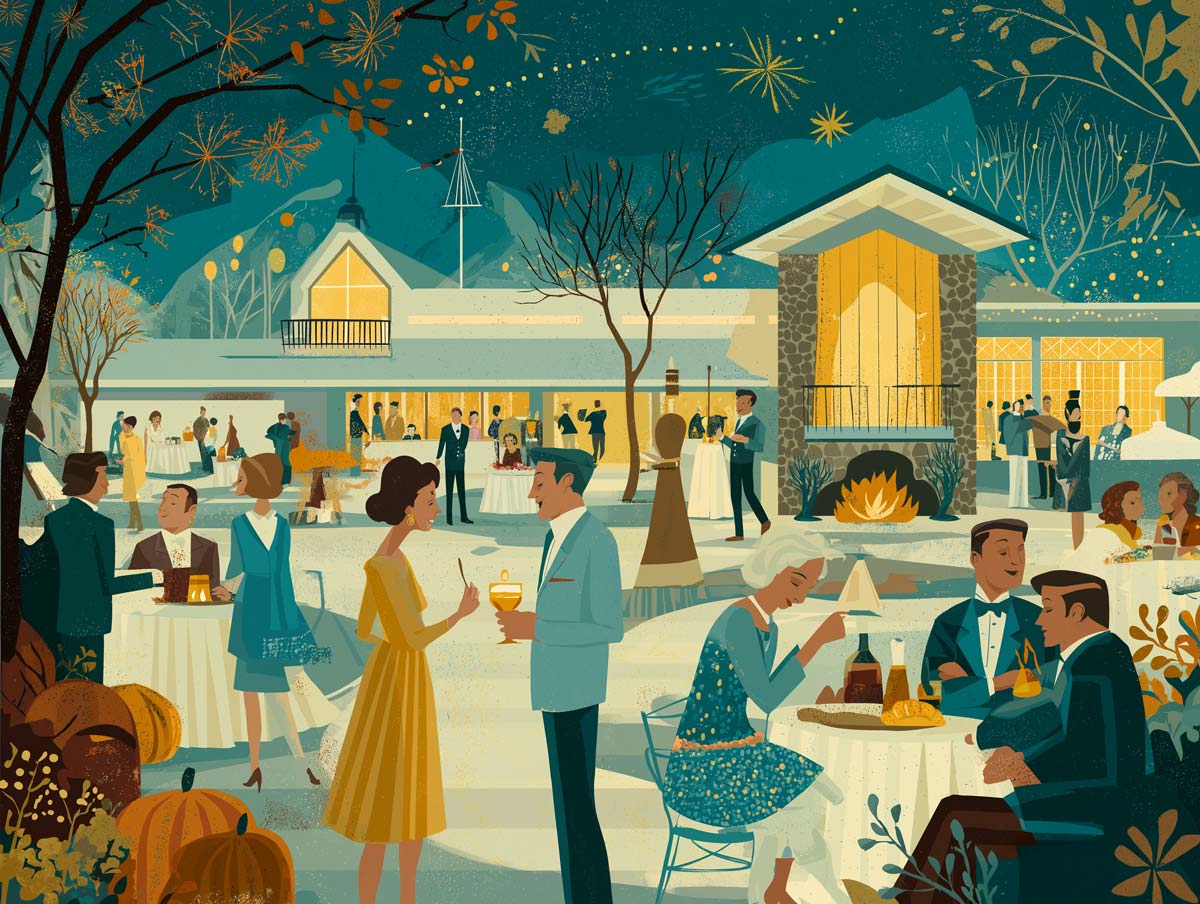What is the purpose of a country club? Esteemed as centers of recreation and social life, country clubs offer a unique blend of tradition, leisure, and community engagement. This question invites a closer examination of their historical evolution, social functions, and broader impacts on society.
Historical Evolution and Context
The inception of the first country club in the United States in the 1880s marked the beginning of a tradition that would see significant transformations over the decades, prompting the question, “What is the purpose of a country club?” Initially established as exclusive havens for the elite, these clubs have navigated through periods of economic prosperity, such as the 1920s when membership numbers soared, to challenges posed by social movements in the 1960s and 70s that called for more inclusive practices. The turn of the millennium saw country clubs adapting once more, this time to counter declining memberships by modernizing their offerings and appealing to broader demographics, thus reflecting evolving answers to the purpose of a country club.
The Social Fabric of Country Clubs
At their core, country clubs serve as social hubs. A 2019 study by the National Club Association revealed that an overwhelming 78% of members view their club as a “home away from home.” This strong sense of community is further nurtured through events like “New Member Mixers,” which help integrate newcomers and foster lasting connections among the membership.
Recreational Offerings and Activities
The role of country clubs in providing recreational services cannot be overstated. With over 24 million golfers in the U.S. alone, according to the National Golf Foundation, clubs play a pivotal role in catering to this sizable community. Beyond golf, initiatives like junior tennis programs demonstrate the clubs' commitment to promoting healthy lifestyles and securing a future generation of members.
Cultural and Community Engagement
Country clubs also make significant contributions to local communities. A 2023 Club Management Association study indicated that 62% of clubs actively donate to local charities. An exemplary manifestation of this community spirit is the organization of events such as charity golf tournaments, which have become a staple in fundraising efforts for causes like local children's hospitals.
Preserving Traditions
One of the enduring purposes of a country club is the preservation of sporting and social traditions. From the establishment of the US Golf Association (USGA) in 1894 to the annual hosting of croquet tournaments, country clubs are custodians of history and tradition, fostering a sense of continuity and respect for the pastimes they offer.
Economic Contributions
The economic impact of country clubs extends far beyond their immediate premises. Generating over $84 billion annually, the golf industry is a significant contributor to the U.S. economy, with country clubs playing a substantial role in this ecosystem. Employment opportunities for over 200 staff at a single club underscore the direct financial benefits to local communities.
Looking Forward
As society evolves, so too does the interest in country club memberships, particularly among younger demographics. A 2022 survey by McKinsey & Company found that 74% of millennials are keen on joining social clubs, signaling a bright future for these institutions. Innovative approaches like “Flex Membership” options are making country club membership more accessible and appealing to a wider audience.
Country clubs are more than just venues for recreation and socializing; they are vibrant communities that foster social integration, preserve traditions, and contribute economically and culturally to society. Understanding the purpose of a country club reveals the depth and breadth of their impact, highlighting their enduring relevance in today’s world.







